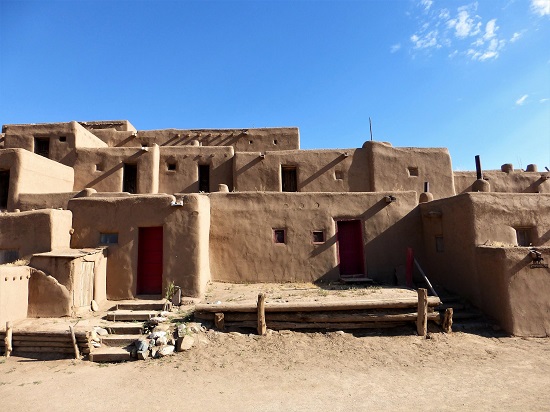 Friday, April 26, 2024
Friday, April 26, 2024  Friday, April 26, 2024
Friday, April 26, 2024 
The United States has braved a year of multiple billion dollar weather disasters throughout 2021. There have been record-breaking heat waves, a winter storm that shut down cities across Texas, multiple hurricanes, record-breaking wildfires, tornadoes and hail storms. All of which have damaged public and private property and harmed people across the country.
Part of preparing for even more extreme weather to come as a result of the climate crisis, is investing in resilient infrastructure–something the current administration has already proposed. While building infrastructure may sound like a feat fit for futuristic technology, around the world climate-proofing has been happening already for centuries in the form of vernacular architecture. This form of architecture is defined by the use of traditional materials native to that particular region.
According to a report in Oxford Urbanists, there is a possibility of a resurgence of vernacular architecture. Otherwise known as traditional, cultural design methods unique to a particular region, vernacular architecture is an alternative to the “international style” of Eurocentric homes that took off globally after the first world war. Throughout the 20th century, “identical skyscrapers, airports, malls and gas stations became icons of modern cities,” the report points out. However, those structures are not always made with climate change in mind, and don’t rely on locally sourced materials or local cultural knowledge. Those homes were not made for the entire world’s diverse array of weather events like hurricanes, wildfires and tornadoes. Drawing on vernacular architecture could be a way of making our cities more resilient to an ever-changing climate.
A well-known example of cultural and regional identity through vernacular architecture is Pueblo architecture. The permanent, attached homes modeled after the cliff dwellings built by Ancestral Pueblo (Anasazi) culture first appeared around the year 1150 AD continue to be used by Pueblo peoples today.
Keep reading on Popular Science